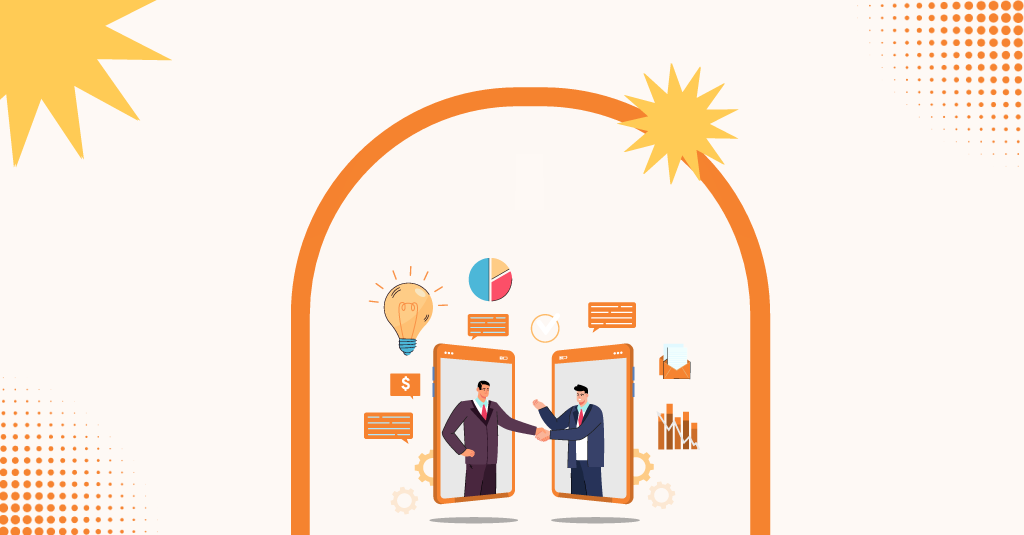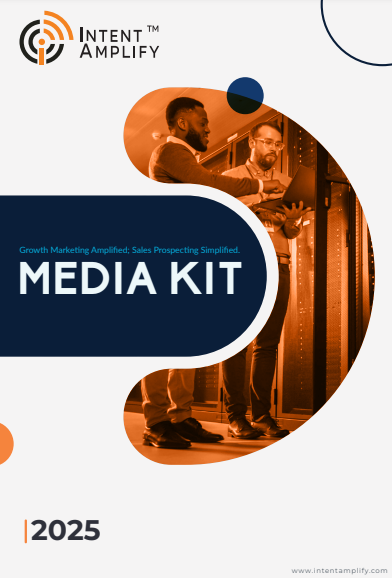
B2B Omnichannel Lead Generation: A Practical Guide for 2025
- Last updated on: July 22, 2025
Generating quality B2B leads isn’t getting easier. Your prospects aren’t sitting in one place waiting for a cold email or a LinkedIn message. They’re moving between platforms, devices, and conversations, researching their terms. So if you’re still relying on a single-channel playbook, you’re already behind.
There comes Omnichannel lead generation – the strategy that connects email, LinkedIn, search, events, and more into one coordinated journey. When done right, it doesn’t feel like a campaign; it feels like a conversation – tailored, consistent, and right on time.
If you’re tired of chasing leads who ghost after the first click, this guide will show you how to build a connected lead engine that meets buyers where they are and moves them forward without missing a beat. Let’s get into how to do omnichannel the right way in 2025.
What Is Omnichannel Lead Generation in B2B
Omnichannel lead generation is the process of interacting with prospects on many integrated channels with consistent, contextually relevant messaging. It makes sure that if a lead is clicking on a LinkedIn ad, opening a sales email, or visiting your website, they are getting a unified experience that is matched to their position in the sales funnel.
Whereas siloed tactics are about being everywhere, omnichannel is about having those touchpoints work seamlessly together. If the lead interacts with your content on one platform, that learnings are carried across all others. It’s not merely a presence play; it’s an orchestration play to make those touchpoints have a natural feel for the prospect.
This strategy combines inbound and outbound strategies – SEO, paid advertising, cold emails, email nurtures, and events into an orchestrated effort that generates a qualified pipeline. In B2B, with long, complicated deal cycles, omnichannel keeps momentum going and builds trust over time.
Why Omnichannel Works Better Than Multichannel in 2025
Multichannel puts your brand on multiple platforms. Omnichannel coordinates messaging and timing across those platforms to walk a buyer from awareness to decision — without hesitation or guesswork.
In 2025, customers not only expect personalization in content but in timing, tone, and channel of choice. They may begin with a Google search, download a whitepaper from your site, then engage with your rep on LinkedIn weeks later. A multichannel strategy addresses these as separate incidents; omnichannel addresses them as one ongoing conversation.
Companies using an omnichannel lead strategy see a 33% higher conversion rate than those using only one or two channels.
Additionally, B2B buying committees typically consist of 6–10 stakeholders. An omnichannel strategy makes sure your messaging adjusts to every persona and journey stage. This results in increased conversion rates, reduced sales cycles, and improved ROI from your marketing and sales alignment investment.
Mapping the Omnichannel Lead Generation Journey
Before you act, you have to have a clear idea of the B2B buyer’s journey – and how your ideal customer profile (ICP) engages with every stage.
1. Awareness Stage:
Tactics: SEO content, social ads, LinkedIn thought leadership, PR.
Goal: Get attention and drive site traffic.
2. Consideration Stage:
Tactics: Retargeting ads, webinar invitations, comparison guides.
Goal: Educate, nurture, and qualify interest.
3. Decision Stage:
Tactics: Personalized email outreach, demos, ABM campaigns.
Goal: Convert MQLs into SQLs and sales conversations.
Every stage must integrate smoothly, not only in terms of messaging but also in terms of data flow. Leverage CRM and automation capabilities to tag, track, and trigger follow-up activity based on prospect behavior.
Top Channels to Focus on in 2025 (And How to Integrate Them)
The best omnichannel programs don’t attempt to be everywhere – they concentrate on the appropriate combination of channels where their audience will most likely be active.
- LinkedIn: Still the benchmark for B2B lead gen. Employ dynamic ads, connection requests, and retargeting to guide prospects through the funnel.
- Email: Cold and warm sequences perform best when they are coordinated with content engagement. Behavior-based drip campaigns should be automated.
- Website + SEO: Your site needs to convert – with concise CTAs, dynamic landing pages, and relevant content gated behind intent forms.
- Paid Media: Google Ads and LinkedIn Sponsored Content can generate top-of-funnel leads and retarget past visitors.
- Events + Webinars: Urgency is generated, and mid-funnel activity is driven by live sessions. Incorporate them into follow-up campaigns.
- Phone & SMS (where allowed): Utilized strategically, direct outreach remains superior at closing deals, particularly when it’s context-aware.
The solution is integration: tie these channels together via your CRM (such as HubSpot or Salesforce), marketing automation (such as Marketo), and data tools to build a single buyer profile.
Data, Personalization, and AI: The New Power Trio
In 2025, data personalization isn’t a nice-to-have – it’s table stakes. Your omnichannel engine has to capitalize on:
- First-party data (behavior, firmographics)
- Third-party intent signals (from tools such as Bombora, 6sense)
- AI-powered tools (such as ChatGPT or Drift) for dynamic messaging.
For instance, when a lead sees a pricing page twice and interacts with a case study, your system should fire a targeted LinkedIn InMail or email from the rep within 24 hours — with a direct call-out of the precise assets interacted with.
AI tools can further create customized email content, suggest next-best actions, and route leads based on engagement scores. With intent + behavior data, you’d no longer be guessing and begin responding in real-time – on all channels.
Aligning Sales and Marketing for Omnichannel Success
Without alignment, the greatest omnichannel strategy is doomed. Sales and marketing need to share:
- Common KPIs (such as SQLs, pipeline contribution, and win rate)
- Unified lead scoring criteria
- Shared campaign calendars and feedback loops
Schedule weekly syncs, employ SLAs for timely follow-up, and design joint dashboards that attribute across the journey. Above all, enable sales reps to personalize at scale – equip them with AI-created insights, templates, and cadences based on current campaigns. When both teams share the same data and story, the buyer’s journey is seamless, and conversion rates see a drastic increase.
Tech Stack Essentials for Omnichannel Lead Generation
A broken stack results in broken paths. These are the essential tools every B2B team must have in 2025:
- CRM: Salesforce, HubSpot, Zoho
- Marketing Automation: Marketo, HubSpot, ActiveCampaign
- Sales Engagement: Outreach, Apollo, Salesloft
- ABM & Intent Tools: 6sense, Demandbase, Bombora
- Analytics & Attribution: Google Analytics 4, Dreamdata, HockeyStack
- AI Assistants: ChatGPT, Lavender, Drift
Ensure that your tools communicate with one another – through integrations or middleware such as Zapier or Tray.io. Single data flow is critical to real-time messaging and correct lead attribution.
Common Omnichannel Mistakes to Avoid
Even with the right tools, many B2B teams fall into traps. Watch out for these:
- Siloed data: If your CRM doesn’t reflect marketing activity, reps can’t personalize outreach effectively.
- Inconsistent messaging: Saying one thing in an email and another on LinkedIn confuses buyers.
- Over-automation: Don’t sacrifice human touch for scale. Use automation to enhance, not replace, real conversations.
- Ignoring mobile: In 2025, 48% of B2B buyers start their journey on mobile. Optimize accordingly.
- No clear CTA per channel: Each touchpoint should guide the next step – demo, call, download, or connect.
Success lies in thinking like the buyer. Each channel should feel like a natural extension of their research process, not a sales push.
Measuring Omnichannel Success: Metrics That Matter
Tracking performance across channels requires more than vanity metrics. Focus on:
- Lead quality (MQL to SQL conversion rate)
- Engagement depth (time on page, content consumption)
- Attribution insights (multi-touch models vs. last click)
- Sales cycle velocity
- Customer acquisition cost (CAC)
- Revenue per channel
Use dashboards to break down which touchpoints drive the most impact and adjust your budget allocation accordingly. In 2025, data-driven marketers win by constantly optimizing in response to buyer signals.
A Scalable Omnichannel Playbook You Can Start Today
Want to start strong? Here’s a repeatable playbook for omnichannel lead generation:
- Define ICP and journey stages
- Audit existing content by stage and persona
- Set up tracking and lead scoring
- Build sequences across email, LinkedIn, ads, and webinars
- Use intent tools to prioritize outreach
- Launch campaign, monitor daily, optimize weekly
- Align with sales on follow-up scripts and SLAs
- Review attribution and adjust quarterly
You don’t need to master every channel at once. Start with the top three your audience uses most and expand based on engagement signals. What matters most is that your message feels personal, timely, and consistent everywhere it appears.
Omnichannel Isn’t a Tactic – It’s a Strategy
In a noisy digital world, B2B buyers crave relevance and consistency. Omnichannel lead generation offers exactly that by treating every touchpoint as part of one intelligent conversation. In 2025, winning brands aren’t those who shout the loudest. They’re the ones who listen better, personalize smarter, and respond faster across every channel their buyer uses. Partner with Intent Amplify for strategic B2B appointment setting and omnichannel campaigns that convert.
FAQs
1. What is the difference between omnichannel and multichannel in B2B?
Multichannel uses various platforms independently. Omnichannel connects them with unified data and messaging, creating a seamless buyer experience.
2. Why is omnichannel lead generation important in B2B?
It improves engagement, shortens sales cycles, and increases conversion by delivering the right message at the right time, on the right platform.
3. What tools do I need for omnichannel lead generation?
CRM, marketing automation, sales engagement platforms, ABM tools, and AI-driven personalization tools are all essential in 2025.
4. What’s the best way to track the effectiveness of an omnichannel marketing strategy?
Track metrics like MQL to SQL conversion, engagement rate, attribution across touchpoints, and pipeline velocity.
5. Can small B2B teams implement omnichannel lead generation?
Yes. Start with 2–3 core channels and expand as you gather data and improve integration.




